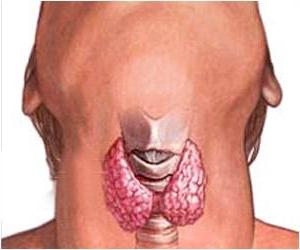Autoimmune hepatitis. Clinical picture

Autoimmune hepatitis in most casesdevelops suddenly, and its clinical manifestations do not differ from those of acute hepatitis. At the initial stage of the disease a person feels a pronounced weakness. Darkening of the urine, intense jaundice are signs that accompany autoimmune hepatitis. Symptoms manifest themselves quite clearly even at the initial stage. For several months, a more complete clinical picture unfolds.
In rare cases, autoimmune hepatitischaracterized by a gradual course. However, in this case, pain and heaviness prevail in the right hypochondrium, the person feels malaise, jaundice manifests itself insignificantly. In a number of patients, autoimmune hepatitis begins to develop with fever, as well as extrahepatic manifestations.
The unfolded clinical picture is characterized bysevere weakness, skin itching, nausea, lymphadenopathy. For pathology, jaundice is also characteristic (not constant, but increasing during exacerbations), an increase in the size of the spleen and liver. In a third of women, autoimmune hepatitis is accompanied by amenorrhea (lack of menstruation) and hirsutism (hair growth, as in men). In men, pathology can be accompanied by gynecomastia (development of the mammary glands, as in women). Among the main skin reactions are acne, capillaritis, lupus-like and palmar erythema and other lesions.
Autoimmune hepatitis is aprogressive lesion of a chronic nature with the presence of hepatic-associated, serum autoantibodies. There is a process with a fairly extensive inflammation, hypergammaglobulinemia.

Autoimmune hepatitis. Treatment
Pathogenetic therapy of the disease isa therapy for glucocorticosteroids. Immunosuppressive therapy can reduce the activity of pathological processes in the liver, resulting in increased activity of T-suppressors, reducing the intensity of reactions that contribute to the destruction of hepatocytes.
As a rule, during therapy, suchpreparations, such as "Methylprednisolone" or "Prednisolone". The initial daily dosage is sixty milligrams - in the first week, forty - in the second, thirty - in the third-fourth. Subsequently, the dosage is reduced to twenty milligrams, which is a maintenance dose. Supportive therapy is carried out until clinical-laboratory and histological parameters are normalized.

Decrease in the amount of medication taken gradually. This takes into account the intensity of the clinical course and the level of serum markers.
Autoimmune hepatitis can be eliminated inhalf year. However, in many cases, therapy lasts a long period, and sometimes throughout life. In case of inefficiency of monotherapy, the inclusion of "Delagil", "Azathioprine", "Ciclosporin" into the scheme is envisaged.
If immunosuppressive therapy did notthe expected result within four years, in the presence of multiple relapses, the side effects of therapy may be raised the question of liver transplantation.





